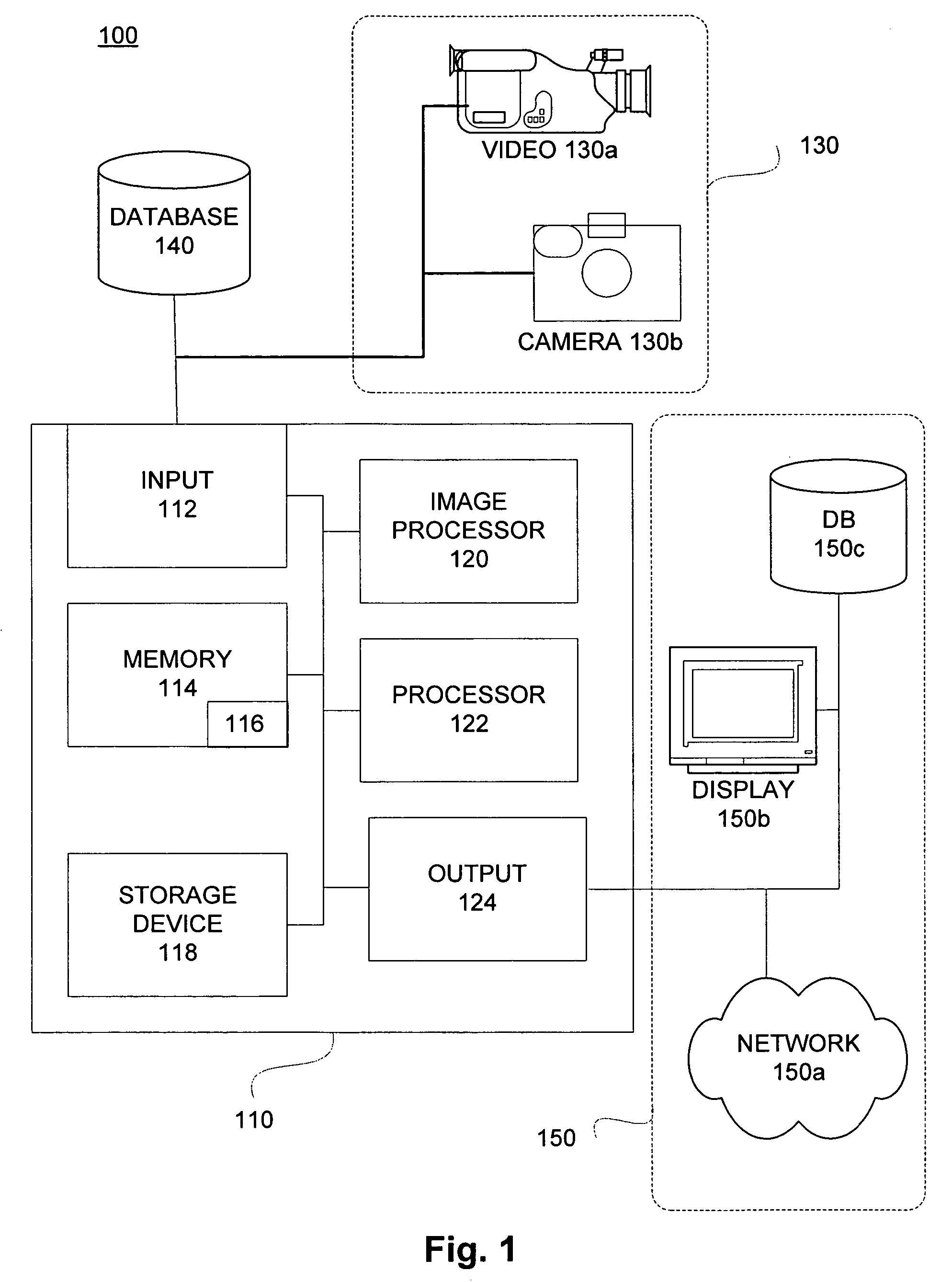Human pose estimation with data driven belief propagation
a human pose and data technology, applied in the field of computer vision, can solve the problems of high computational complexity, intractable computation, and the most difficult problems of computer vision, and achieve the effect of facilitating inference of pose parameters
- Summary
- Abstract
- Description
- Claims
- Application Information
AI Technical Summary
Benefits of technology
Problems solved by technology
Method used
Image
Examples
Embodiment Construction
[0036]Reference will now be made in detail to several embodiments of the present invention, examples of which are illustrated in the accompanying figures. It is noted that wherever practicable similar or like reference numbers may be used in the figures and may indicate similar or like functionality. The figures depict embodiments of the present invention for purposes of illustration only. One skilled in the art will readily recognize from the following description that alternative embodiments of the structures and methods illustrated herein may be employed without departing from the principles of the invention described herein.
Architectural Overview
[0037]FIG. 1 shows a system 100 according to one embodiment of the present invention. Computer system 110 comprises an input module 112, a memory device 114, a storage device 118, a processor 122, and an output module 124. In an alternative embodiment, an image processor 120 can be part of the main processor 122 or a dedicated device to ...
PUM
 Login to View More
Login to View More Abstract
Description
Claims
Application Information
 Login to View More
Login to View More - R&D
- Intellectual Property
- Life Sciences
- Materials
- Tech Scout
- Unparalleled Data Quality
- Higher Quality Content
- 60% Fewer Hallucinations
Browse by: Latest US Patents, China's latest patents, Technical Efficacy Thesaurus, Application Domain, Technology Topic, Popular Technical Reports.
© 2025 PatSnap. All rights reserved.Legal|Privacy policy|Modern Slavery Act Transparency Statement|Sitemap|About US| Contact US: help@patsnap.com



